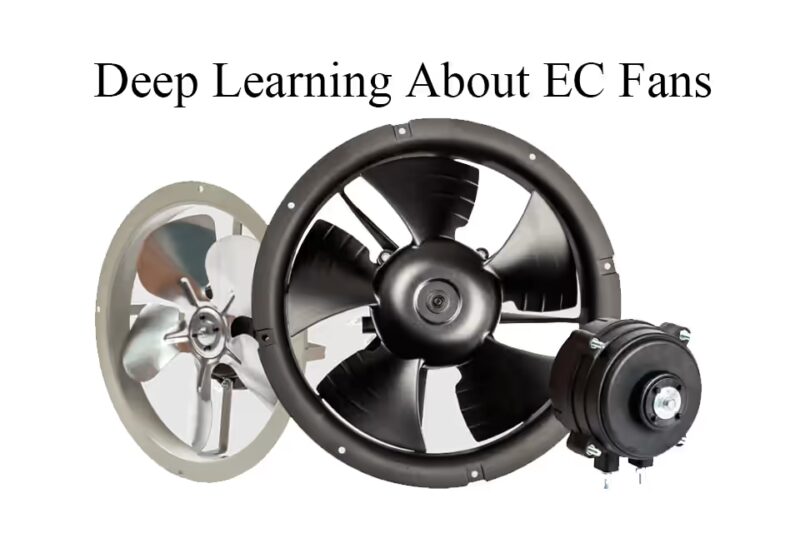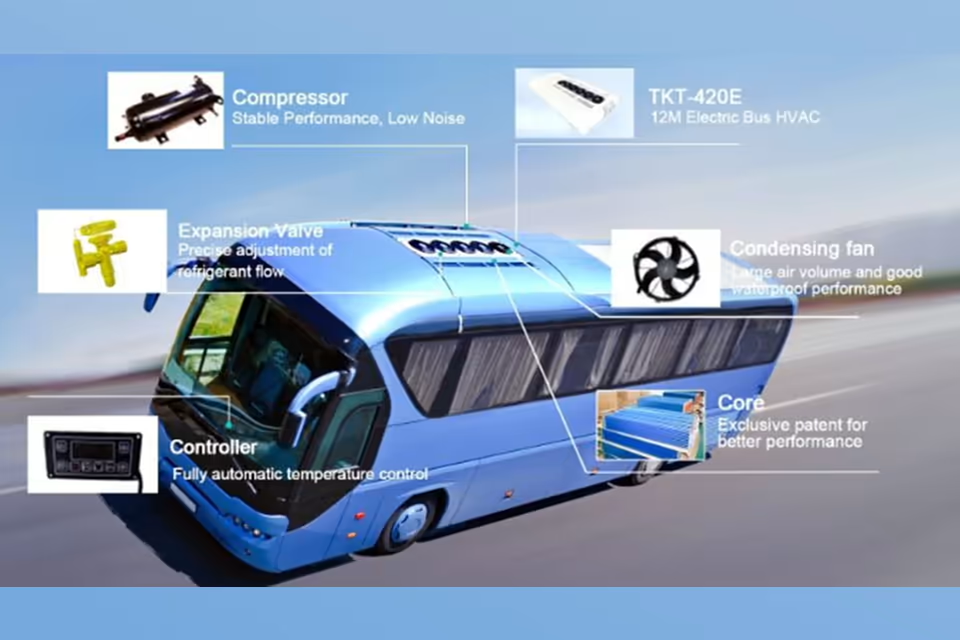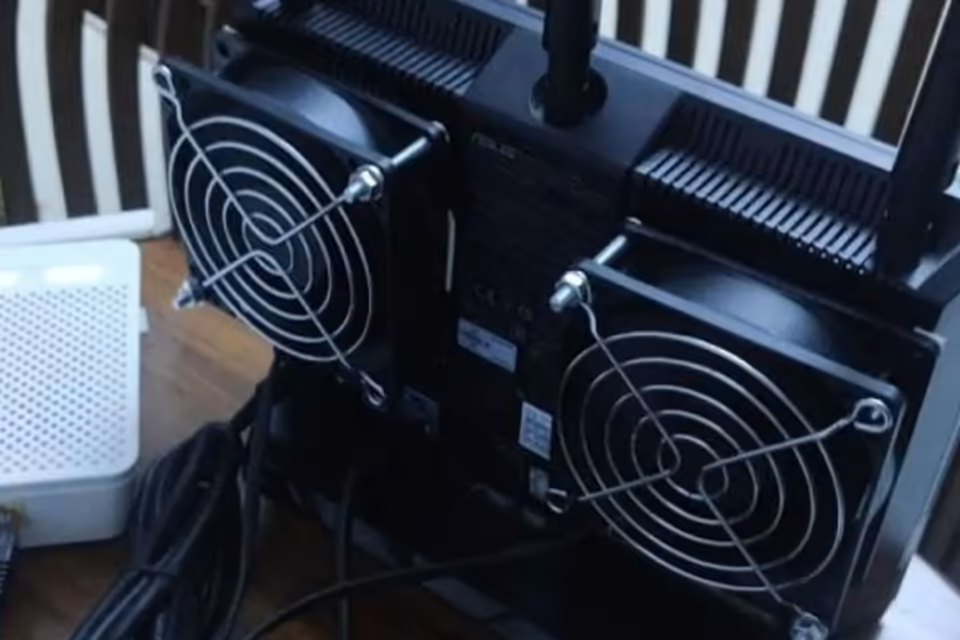في الدفع العالمي نحو كفاءة أكبر في استخدام الطاقة والاستدامة، برزت تقنية المراوح ذات التبديل الإلكتروني (EC) كقوة تحويلية في مختلف الصناعات، من التدفئة والتهوية وتكييف الهواء والتبريد إلى مراكز البيانات والرعاية الصحية.
يوفر الترقية من مراوح التيار المتردد (AC) التقليدية إلى مراوح EC الحديثة عرضًا مقنعًا للشركات وأصحاب المنازل على حد سواء، واعدًا بتوفير كبير في الطاقة، وأداء معزز، وبصمة بيئية مخفضة.
سيتناول هذا الدليل الشامل عالم مراوح EC، مستكشفًا تقنيتها الأساسية، والفوائد المتعددة للتحديث، وخارطة طريق عملية لترقية نظامك الحالي.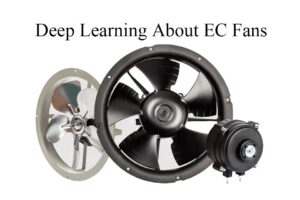
فهم تقنية مراوح EC
في جوهرها، مروحة EC هي مروحة تحتوي على محرك ذي تبديل إلكتروني. تجمع تقنية المحركات المبتكرة هذه بين مزايا كل من جهود التيار المتردد والمستمر، مما يوفر أداءً وكفاءة استثنائيين.
على عكس محركات الحث التقليدية للتيار المتردد التي تعتمد على الفرش الكربونية والحث الكهرومغناطيسي لإنشاء مجال مغناطيسي دوار، تستخدم محركات EC مغناطيسات دائمة في دواراتها ولوحة دوائر إلكترونية للتبديل.
هذا الاختلاف الأساسي في التصميم هو مفتاح كفاءتها الفائقة. يلغي التبديل الإلكتروني فقدان الطاقة المرتبط بالفرش والحاجة إلى حث مجال مغناطيسي ثانوي، كما هو الحال مع محركات التيار المتردد.
يتيح ذلك لمحركات EC تحقيق مستويات كفاءة تصل إلى 90%، وهو تحسن كبير عن الكفاءة النموذجية التي تتراوح بين 60-80% لنظيراتها من التيار المتردد. في جوهرها، يتم تحويل المزيد من الطاقة الكهربائية المستهلكة إلى قوة دورانية، ويتم إهدار أقل كحرارة.
الفوائد المقنعة لتحديث نظام بمراوح EC
إن قرار تحديث نظام قائم بمراوح EC مدعوم بمجموعة من الفوائد الملموسة التي تتجاوز مجرد توفير الطاقة. تساهم هذه المزايا في خفض التكلفة الإجمالية للملكية وتحسين الفعالية التشغيلية.
توفير كبير في الطاقة
الميزة الأبرز للترقية إلى مراوح EC هي الانخفاض الكبير في استهلاك الطاقة. يمكن لمراوح EC أن تستخدم طاقة أقل بنسبة تصل إلى 70% من نظيراتها التي تعمل بالتيار المتردد. يترجم هذا الانخفاض الهائل في استخدام الطاقة مباشرة إلى فواتير كهرباء أقل، حيث توفر بعض المباني التجارية آلاف الدولارات سنويًا.
A key factor in this efficiency is their ability to maintain high performance even at partial speeds, a scenario where AC motors typically lose a significant amount of efficiency.
Precise Speed Control
EC fans come with integrated variable speed control, allowing for precise modulation of airflow to match real-time demand. This control is typically managed through a 0-10V signal, a potentiometer, or digital communication like Modbus.
This level of control is crucial in applications with varying loads, such as HVAC systems, where it prevents energy waste from running fans at full speed unnecessarily.
Reduced Maintenance and Longer Lifespan
The brushless design of EC motors eliminates the wear and tear associated with carbon brushes, a common point of failure in traditional motors. This translates to significantly reduced maintenance requirements and a longer operational lifespan, which can extend to 10-15 years or more.
Furthermore, EC fans operate at lower temperatures, reducing stress on motor components and further contributing to their longevity.
تشغيل هادئ
The smooth and controlled operation of EC motors results in significantly lower noise levels compared to AC fans, especially when running at reduced speeds. This makes them an ideal choice for noise-sensitive environments such as offices, hospitals, libraries, and data centers.
Compact and Versatile Design
EC motors are generally more compact and lightweight than AC motors with similar power outputs. This space-saving design makes them easier to integrate into existing systems and is particularly beneficial for retrofit projects where space may be limited. Their versatility makes them suitable for a wide range of applications, including air handling units (AHUs), refrigeration condensers, and computer room air conditioning (CRAC) units.
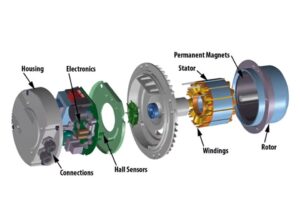
دليل عملي لتحديث نظامك
The process of retrofitting an existing system with EC fans is a straightforward endeavor that can yield significant returns on investment, often within two years. Here is a step-by-step guide to help you navigate the upgrade:
Step 1. Assess Your Current System
The first step is to thoroughly evaluate your existing fan system. This involves measuring the current airflow and static pressure to establish a baseline for performance. It’s also crucial to understand the operational requirements of your system to ensure the new EC fans are appropriately sized to meet these demands.
Step 2. Select the Right EC Fans
Once you have a clear understanding of your system’s requirements, you can select the appropriate EC fans. It’s essential to compare the fan curves of your existing fans with the proposed EC fans to ensure they can deliver the necessary airflow and pressure. For larger systems, such as AHUs, replacing a single large belt-driven fan with a fan grid of smaller, spider-mounted EC plug fans can improve airflow, add redundancy, and simplify installation.
Step 3. Plan the Installation
With the right fans selected, the next step is to plan the installation process. Many manufacturers offer “plug and play” modular solutions that simplify the retrofitting process. These kits are often designed to seamlessly replace older, less efficient fans with minimal modifications to the existing air handling unit. Ensure you have all the necessary ancillary equipment, such as controllers and wiring.
Step 4. Installation and Commissioning
The installation process typically involves removing the old AC fan and motor assembly and installing the new EC fan or fan grid. The compact nature of EC fans often makes this process easier than anticipated. Once installed, the system needs to be commissioned. This involves connecting the control signals (e.g., 0-10V from a Building Management System) and verifying that the fans are operating as expected.
Step 5. Validate the Savings
After the retrofit is complete, it’s beneficial to measure the new energy consumption to validate the projected savings. This data can be used to calculate the actual return on investment and demonstrate the value of the upgrade.
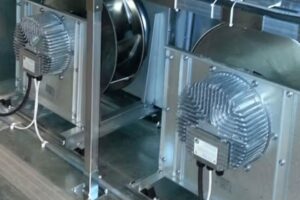
المستقبل يتسم بالكفاءة
التحول إلى مراوح EC
Upgrading to EC fans is more than just an equipment change; it’s a strategic investment in efficiency, reliability, and sustainability. While the initial upfront cost of EC fans may be higher than that of traditional AC fans, the long-term savings in energy and maintenance make them a financially prudent choice. As energy regulations become more stringent and the focus on environmental responsibility intensifies, the adoption of EC fan technology is expected to continue growing. By retrofitting your current system with EC fans, you can not only significantly reduce your operating costs but also contribute to a greener, more sustainable future.

